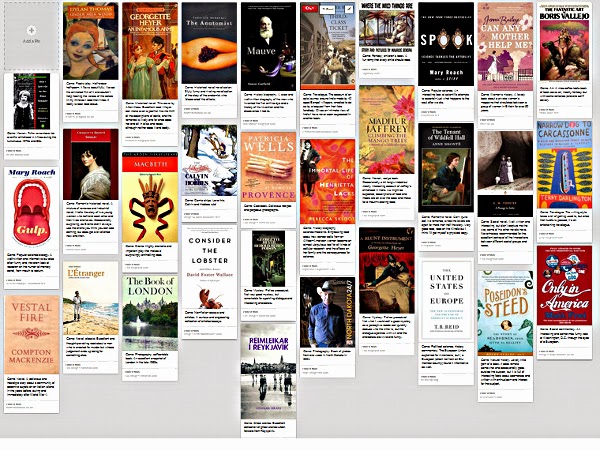I reread a number of books in 2013 - which is a recommendation in itself - but this post is about the first time reads that I enjoyed the most and would recommend to others. The recommendations are not entirely universal - after all, people have different tastes in reading - but most, if not all, of them should be appealing to a literary omnivore.
I invite you to visit the Pinterest board I made with cover images and mini reviews of these books. Just click on the screen-shot below and off you go. The link will open in a new window.
I invite you to visit the Pinterest board I made with cover images and mini reviews of these books. Just click on the screen-shot below and off you go. The link will open in a new window.

Comments